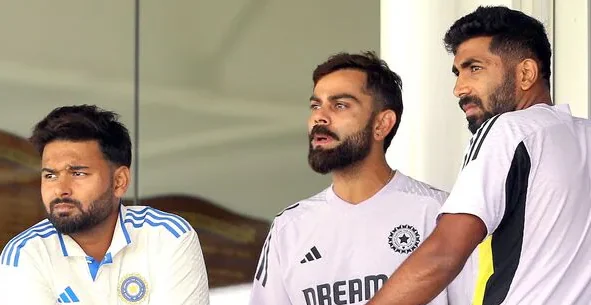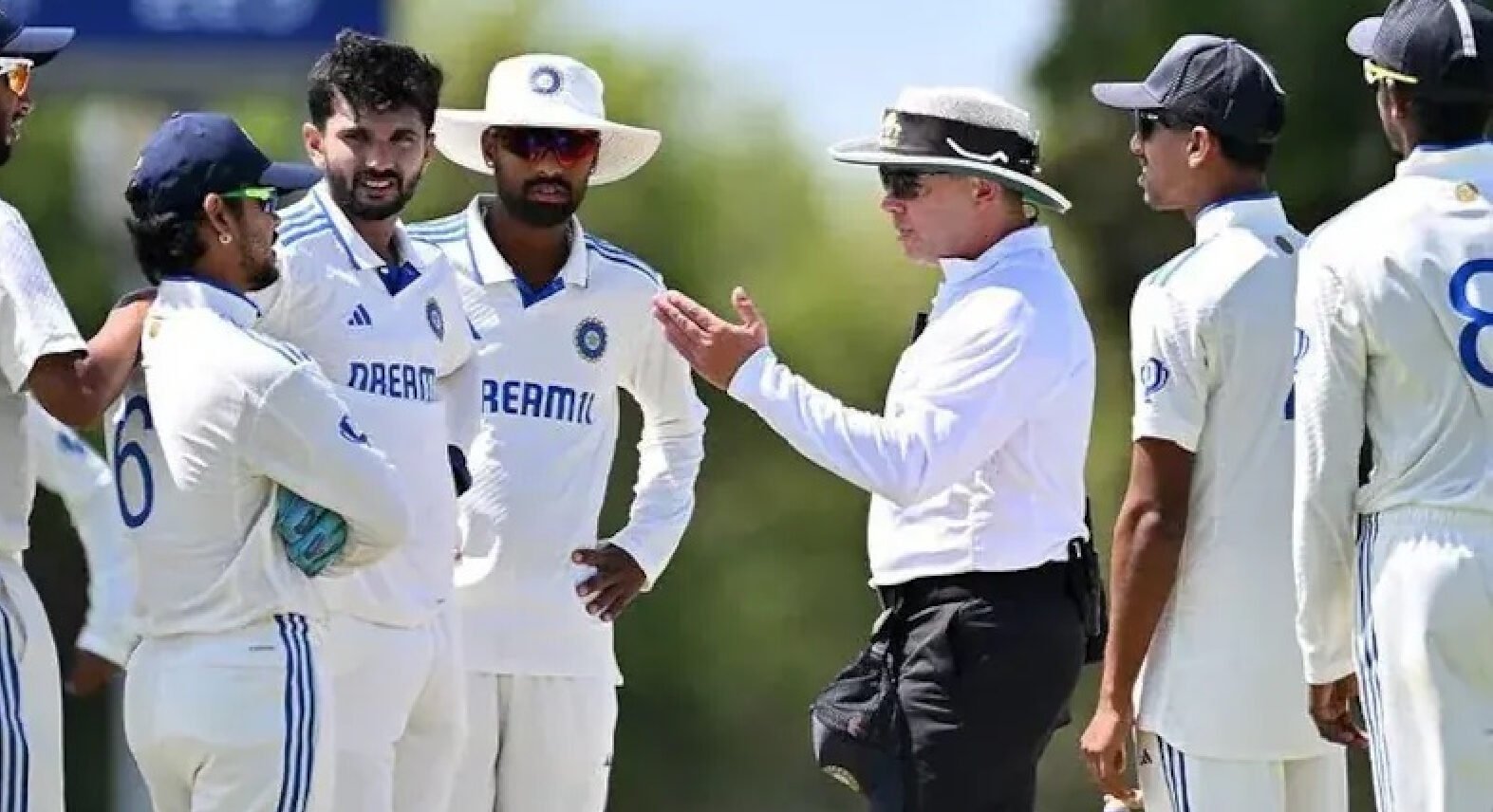
India’s Media Silence Ahead of Border-Gavaskar Series: A Bold Strategy or Misstep?
As the Border-Gavaskar Test series approaches, the Indian cricket team’s decision to maintain tight-lipped media relations and secluded training sessions in Perth has sparked heated debate. Australian media has labeled India’s behavior as “paranoid,” questioning whether their secrecy is detrimental to promoting the sport. These criticisms were underscored by comparisons between the current head coach Gautam Gambhir and his predecessor Ravi Shastri. The contrasts in their leadership styles and media engagement have become a focal point of discussion.
India’s Secretive Approach in Perth
The Indian team arrived in Perth over a week ago following a disappointing series at home, where they suffered a rare whitewash against New Zealand. Given the importance of the upcoming series and concerns surrounding the form of key players and captain Rohit Sharma’s availability, the team chose to adopt a cautious approach.
Also Read: Premier Houston Semi Truck Accident Attorney
Stationed at the iconic WACA ground, the players conducted private training sessions, with reports suggesting the practice areas were shielded by black covers. Access to the venue was heavily restricted, even for media personnel, who were provided specific instructions on where they could gather. This complete lockdown sparked criticism, with many arguing that such measures hinder the promotion of Test cricket, which is already struggling for global attention.
Criticism from Australian Media
Veteran cricket writer Robert Craddock was among the first to voice his frustration. Speaking to Fox Cricket, he expressed his disappointment over India’s lack of communication.
“India have been here a week and have not uttered one word,” Craddock remarked. “In the modern world, if you’re coming for a major tour … Test cricket is on life support. Talk it up, get out there. I just think that’s unforgivable. They should be promoting the tour at this early stage.”
Craddock’s comments highlighted the crucial role of media in engaging fans and generating excitement for a series of this magnitude. He argued that staying silent sends the wrong message, especially to the cricketing fraternity in Australia, which has a deep respect for the game.
Candice Warner Defends India’s Stance
In contrast, Candice Warner, a panelist and wife of Australian cricketer David Warner, defended India’s decision. She suggested that the team’s behavior might stem more from a need for privacy rather than paranoia. Drawing from her experiences accompanying her husband during the IPL and international tours in India, Warner explained that private training sessions are common practice for Indian teams.
“I know when I’ve been over to India with David, and during IPL or Test matches, they do train behind closed doors. That is what they are used to,” said Warner. “They just have a huge following. So just going to a training session and not having that privacy would be something very foreign to them.”
Her comments shed light on the cultural differences in how cricket is perceived and consumed in India versus Australia. In India, players often operate in a highly scrutinized environment, making privacy a valuable commodity.
Comparisons Between Gambhir and Shastri
The Indian team’s media silence also reignited comparisons between Gautam Gambhir and former head coach Ravi Shastri. Craddock and other commentators argued that Shastri’s open and approachable demeanor played a significant role in India’s past successes in Australia.
During the 2018-19 and 2020-21 Border-Gavaskar series, Shastri’s camaraderie with the Australian cricket community and his media-friendly attitude created a positive atmosphere. Craddock described Shastri as someone who “loved Australia” and embraced its cricketing culture.
“You would see him out at night and that attitude won them two Test series in Australia. He didn’t fear Australia; he loved Australia,” said Craddock.
Also Read: Trucking Injuries Attorney Houston: Seeking Justice After an Accident
In contrast, Gambhir’s perceived rigidity and lack of rapport with the players have been points of contention. Craddock questioned whether the current coach commands the same level of respect and affection from the team that Shastri once did.
“It’s a bit different under Gautam Gambhir, this current coach,” he remarked. “I don’t sense he’s as popular with the players as Shastri was, and that could be very telling on a long tour.”
Paranoia or Strategic Privacy?
Sports commentator Robbie Slater echoed Craddock’s concerns, describing India’s behavior as indicative of “paranoia.” He recounted a humorous incident at a local Indian takeaway, where a staff member refused to discuss the series despite his evident excitement.
While such anecdotes may seem trivial, they underline the larger issue of disconnect between the team and its fans in Australia. Critics argue that by shunning the media, India risks alienating supporters and diminishing the broader appeal of the series.
However, India’s camp might see things differently. With the stakes so high and the pressure mounting after their recent losses, the team could be prioritizing focus and cohesion over external distractions. By controlling the narrative, they aim to shield players from undue criticism and speculation.
Conclusion
As the Border-Gavaskar series gets underway, the debate over India’s media approach will likely continue. While critics like Craddock argue that their silence undermines the promotion of Test cricket, defenders like Candice Warner believe it reflects the team’s cultural and professional values.
Ultimately, the success of Gambhir’s strategy will hinge on India’s performance on the field. Should they emerge victorious, their secrecy will be seen as a masterstroke. If they falter, however, it could fuel further scrutiny of their leadership and approach. For now, all eyes remain on the first ball in Perth, where the action will speak louder than words.
